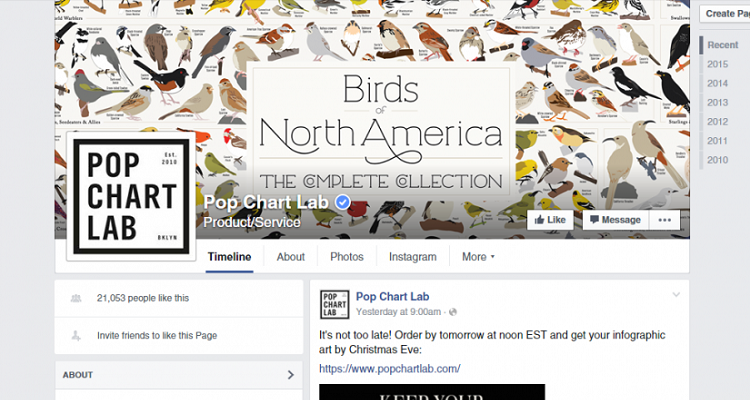Why set up a Facebook page for your eCommerce store? It’s where your customers are every day!
Facebook gives your online store the potential to reach thousands of prospective new customers and lets you build a better relationship with your current customers.
The ultimate goal of your store’s Facebook page should be to help you create a brand image as well as raise brand awareness through leveraging the platform’s networking power.
Facebook is a fun, social space that lets people connect with others, so you shouldn’t be using it to hard sell your product or service. You want the page to drive traffic to your online store and ultimately increase your online sales.
Here’s my best advice on how to use Facebook for eCommerce.
1. Start off strong
If you’re just starting to use Facebook for eCommerce, spend some time making your page awesome. The first thing you should do is create a custom URL extension that’s unique to your brand’s page, such as www.facebook.com/[NAMEOFYOURBUSINESS]
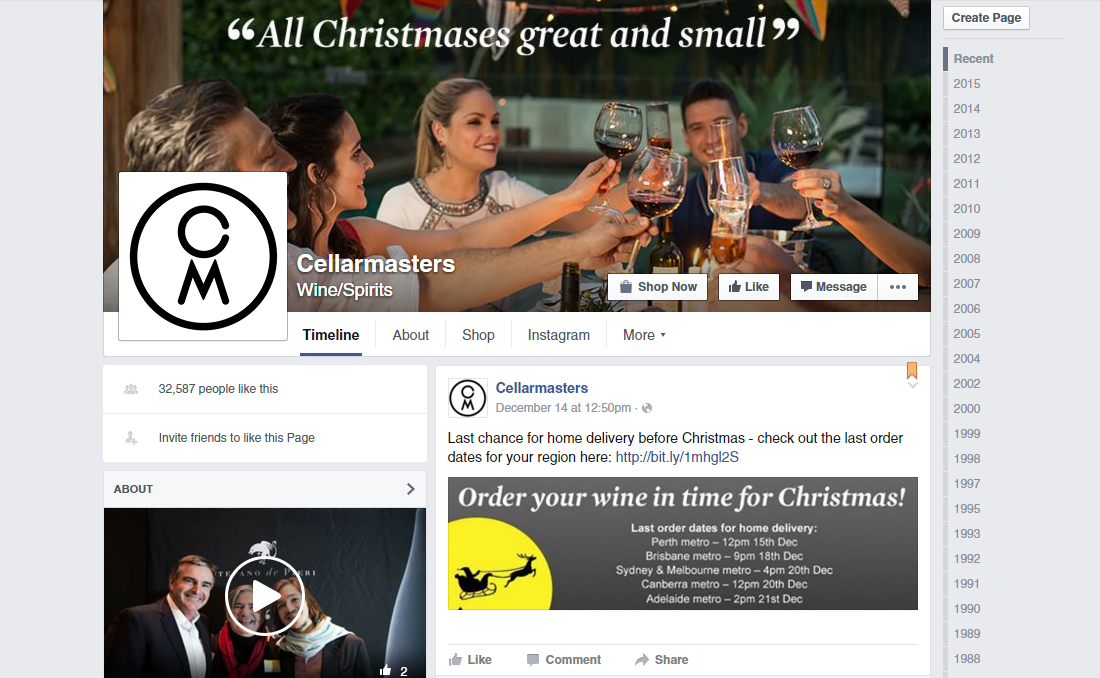
Some examples:
- NYX Cosmetics – https://www.facebook.com/NyxCosmetics
- Dan Murphy’s – https://www.facebook.com/danmurphys
Make sure you fill out the profile completely! Include links to your website and other social media platforms as well as an address or contact number (if applicable). Write a nice description in the About section that summarises what your brand is about. It’ll add credibility and provide your customers with alternate ways of contacting you, as well as an easy way to access your online store.
You should also set up some apps. Use them to link customers to your latest promotions or competitions, your newsletter and your other social media platforms. You can also customise the thumbnail for an app, which is a great way to add some good design elements to your page. Check out the screenshot from Boost Juice below.
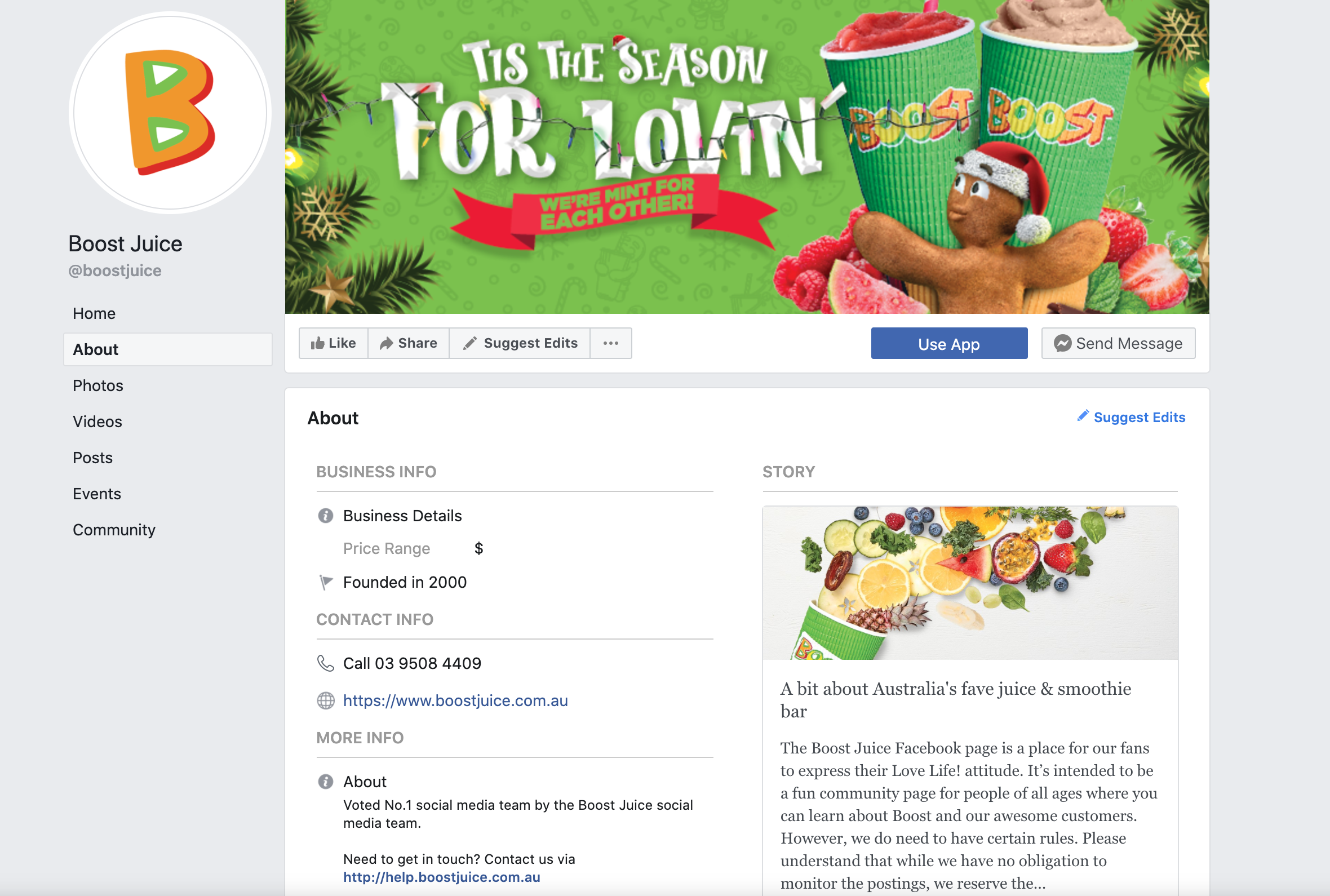
Also, make sure you read Facebook’s rules regarding how to use a page for business. I know no one likes reading terms and conditions, but you don’t want to generate any negative attention or have content removed.
2. Choose a style of writing
You should have a bit of a think about the kind of brand image you want to create; this should come through in your style of writing.
You want to create a human voice for your business. Facebook is ‘a social utility that connects you with the people around you’, and users want to feel as though they’re communicating with other people and not just an impersonal business voice. That said, your voice needs to be casual, real and likeable, as well as relevant to what you’re selling. Imagine the way in which your ‘ideal customer’ would speak.
Compare Carbon38 and Lorna Jane. Each gives off a slightly different vibe even though all three try to appeal to young, active women: Carbon 38 is bold and edgy while Lorna Jane is playful and fun.
3. Plan ahead
Create a content strategy. It could be as simple as creating goals about the kind of activity you want on your page over the next month. We’ve talked a bit about goals before in our post on marketing plans, but the most important thing to remember is that they should be SMART — specific, measurable, attainable, realistic and timely.
Create goals for your posting schedule For example:
- Post one quote a week
- Share five articles a week
- Post a link to one product every day
This will ensure your Facebook page is constantly filled with activity. You want to consistently update your page and provide frequent updates to your fans. If you’re inactive, they could forget about you!
4. Visuals matter
Humans are drawn to visuals over text, so make sure you have awesome photos. Facebook doesn’t let you personalise your profile much in terms of the design or theme, so you’re limited to your cover photo, profile picture and content to make a good first impression.
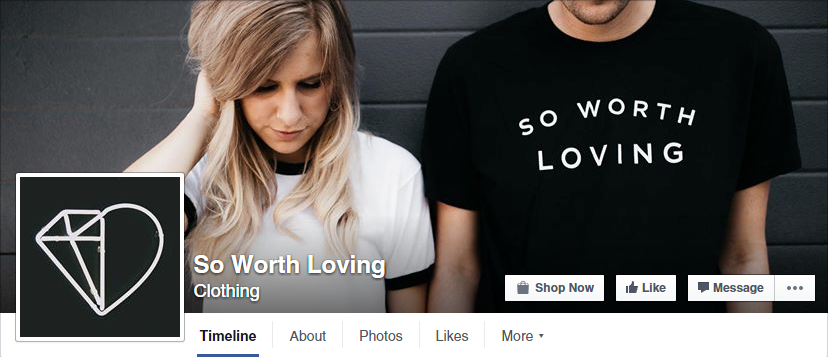
Your profile picture should be your logo. It’ll come up next to your posts as a thumbnail, so your customers will learn to associate the logo with your brand. Remember that the thumbnail of your profile picture is square, so make sure you crop it so the entire logo is in the frame.
For your cover photo, choose a high-resolution image; blurry photos look unprofessional. Whether it’s a stock image that relates to your brand, a photo of your products or info about your latest promotion, the most important thing is that it should match your brand’s style.
If you want a unique custom cover photo with some text and multiple images, make one on Canva. There’s even a Facebook Cover option that gives you the exact dimensions and some design templates for inspiration.
Have a look at the screenshots below of some cover photo examples, taken from Appelles, Sportsgirl, Spicers Retreats and Glasshouse Fragrances. Note that they’ve all used their logos as their profile pictures too.
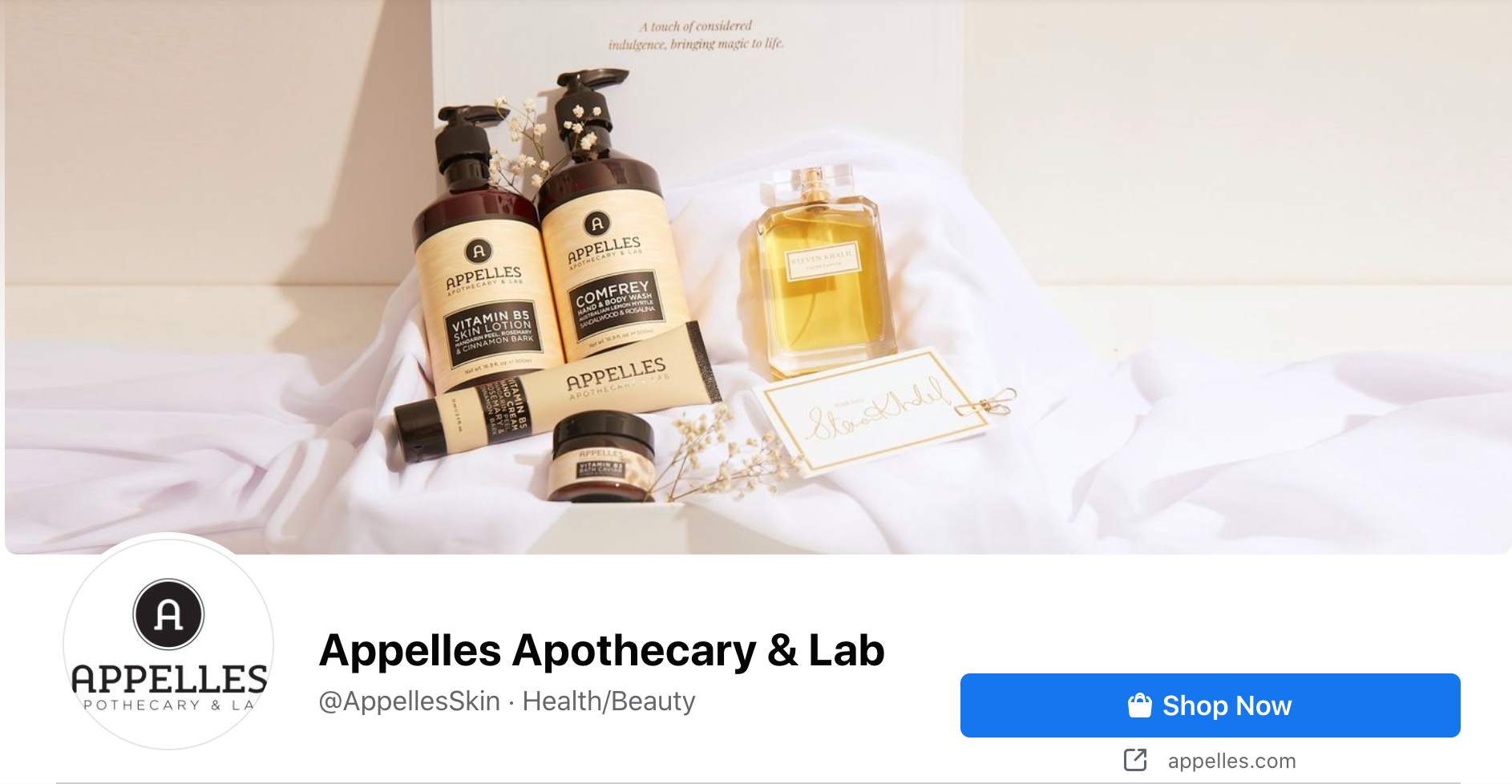
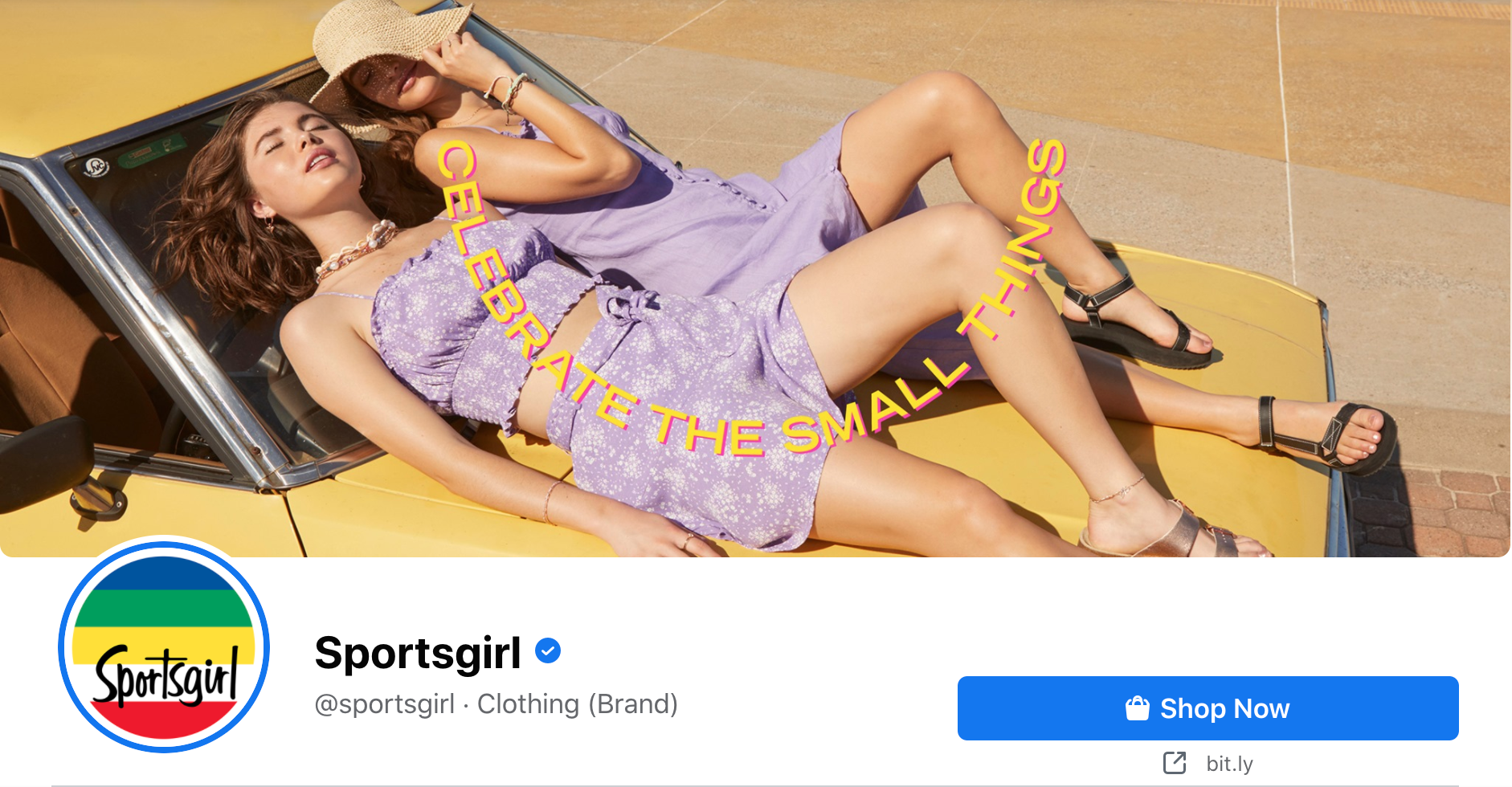
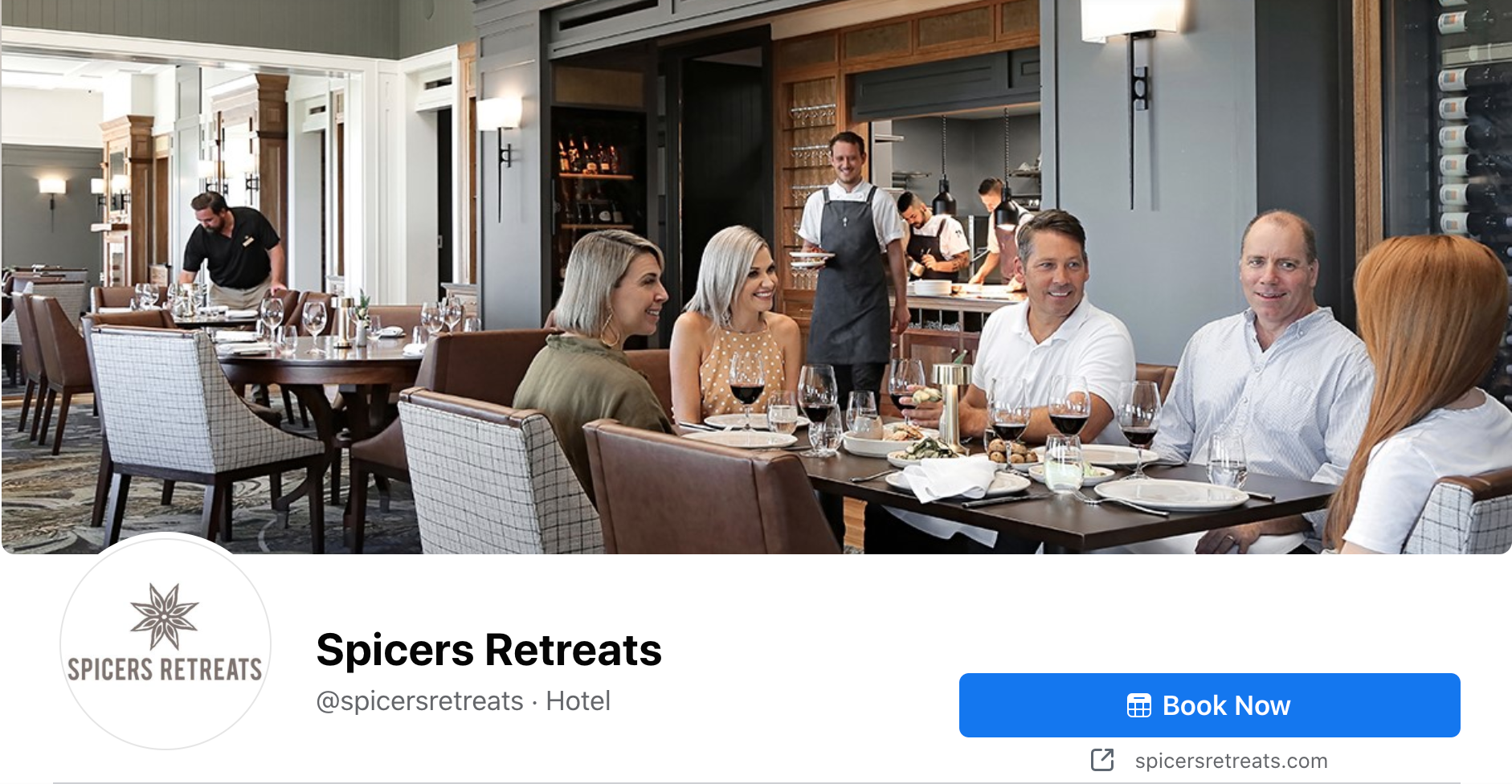
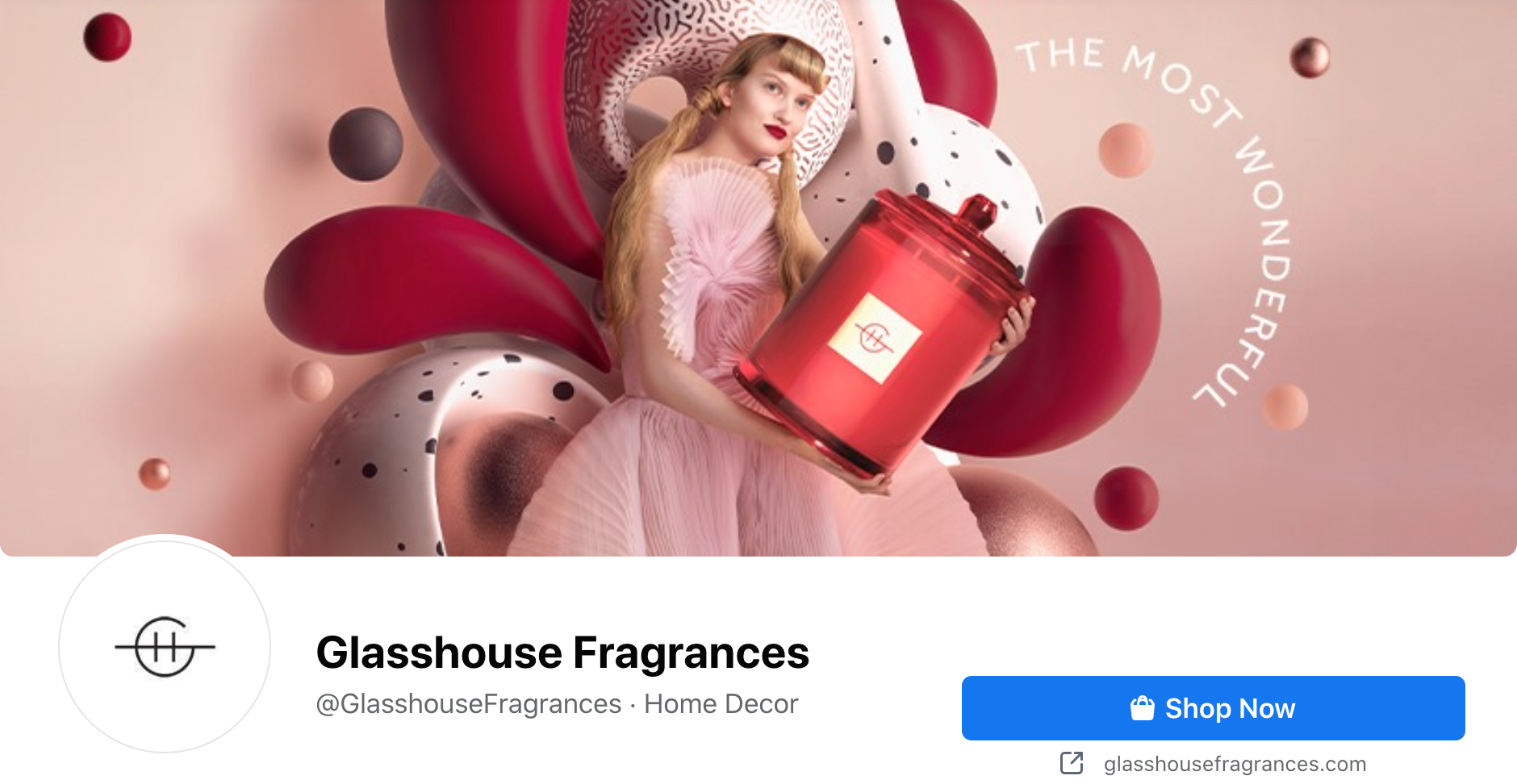
You also want to enhance your content with good visuals — they’re more likely to get noticed over text if they pop up on someone’s news feed. If you want to announce something, it’s always good to add an image, even if it’s simply text presented in an eye-catching way. Frank and SOFI are two great examples of pages that complement each post with a visual. They also have consistent themes that match their brands’ designs.
4. Create engaging (and relevant) content
Your Facebook content has to be engaging. Even if you have a solid number of likes, most of your first fans are probably existing customers. In order to use Facebook for eCommerce and find new customers, your content needs to be engaging enough for people to like it, comment on it and share it.
Facebook relies on the network effect. If one customer likes your page, you’re automatically connected to their entire network. You want your fans to act as brand ambassadors. If one fan shares your content, it’s exposed to their entire network. If one of their Facebook friends shares the content, it’s exposed to their entire network.
What is engaging content? It all depends on your brand. Anything from promotion updates to new product announcements to inspirational quotes could be of interest to your fans.
Whether you post the content yourself or share stuff from other brands, the idea is to involve yourself in a community that has things in common with your business. For this reason, swimwear brands often fill up their page with photos of tropical holiday destinations (e.g., Seafolly), and kitchen appliance brands post recipes related to their products (e.g., Breville).
If you launch any new products, customers that like your Facebook page should be the first to know. Customers who follow your social media platforms do so because they want to be updated on this kind of stuff, so when you update your product range, post it.
I always suggest using a white background, because aside from the fact that white won’t clash with any of your products, you can use white across multiple platforms because it won’t clash with any website design, such as Facebook’s dark blue. You can post your products as individual posts, like Tiffany & Co. and iKOU do, or as albums, like Glue Store and Shwood Eyewear do.
For the same reason, you should post your latest promotion info on Facebook. That’s definitely something your Facebook fans will not want to miss out out on! By posting the relevant info, you’re more likely to get a better response advertising your promotions on social media.
Sass & Bide and L’OCCITANE en Provence always use awesome graphics to announce their sales and promos to catch the attention of fans scrolling through news feeds.
You can also include updates about recent events. Moroccanoil often posts photos from their recent fashion events where their product was used, and Blake & Taylor updates their fans on the work produced in their classes.
5. Learn from Facebook
Finally, make sure you learn from Facebook. Listen to what your customers are saying about you. Whether they’re commenting, sharing or liking, learn which posts are popular and which products customers like.
You always want to communicate effectively. Don’t just read what people are saying about you; comment on posts, share things they write about you and reply to their comments. If you fail to respond to customers, this will weaken their willingness to engage with you.
You can also learn more about your target customers, as Facebook provides you with statistics about your page. Go to the Insights tab, and you’ll find information about your likes, reach, visits, posts and people.
This can give you a better idea of who your customers are, specifically the customers who are interested in engaging more with your business. You can then post content you think would appeal to these customers in particular, and knowing more about your customers could potentially help you improve your marketing strategy.
Go ahead and get started using Facebook for eCommerce!
It’s absolutely a great idea to market your online store with the biggest social media site on the planet. Of course, when you do, keep the focus on your customers — then you’ll create content that draws them back again and again.

